Earth Sciences History
There’s a long history of research and teaching embedded in the Mawson building at the University of Adelaide.
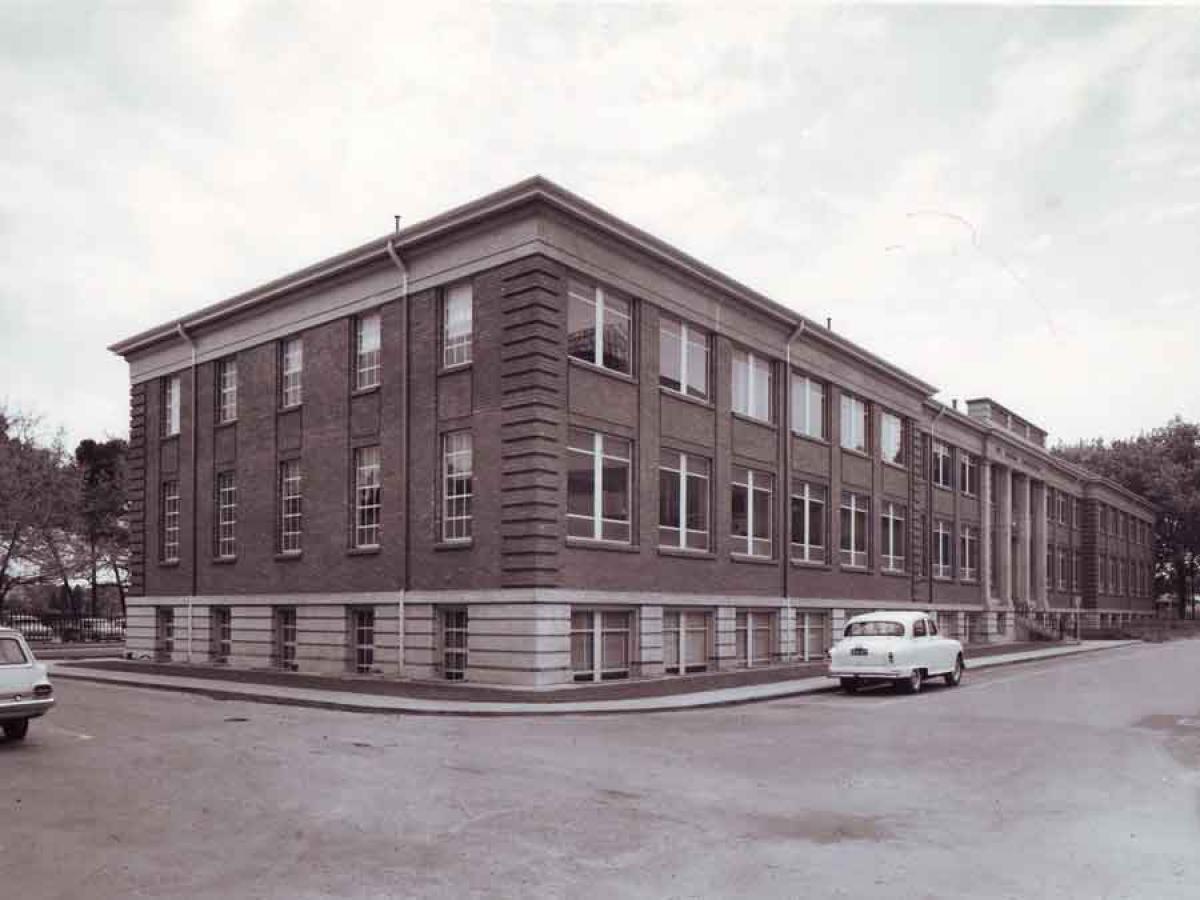
Mawson Laboratories, North Terrace - 1970
A large number of staff and students have forged international reputations in
- geology,
- geophysics,
- mining and exploration,
leading to an enviable number of important discoveries.
Mawson building
-
Proposal
Having actively lobbied for sufficient space to teach Geology since about 1915, Sir Douglas Mawson, Professor of Geology since 1921 (he had been appointed Lecturer in Mineralogy and Petrology in 1904), was invited early in 1946 to attend a University Buildings Committee meeting to present his ideas on what was required for a new Geology building.
In a letter to the Registrar on 21st February 1948 he advocated construction of a building that:
- was in a central location in relation to students attending classes in physics and chemistry;
- utilised parts of existing building to save demolishing and building expenses;
- utilised a steep area with a falling terrace which would be satisfactory for geology;
- provided south-facing laboratories, such light being favourable for optical work;
- had a large lecture theatre; and
- a large, one level museum also with lighting from the south side.
After much discussion and disagreement in relation to a suitable site, the architects proposed a completely new building at the north-east corner of the University, adjacent to Frome Road and Victoria Drive where the new Benham Botany building had been placed, and this site was soon agreed upon by all.
Mawson requested that the large museum be a highway from one room to another, highlighting the museum and eliminating passages. In the end a three level complex evolved in which the main lecture theatre entrances were via the museum. However passages prevailed for entrance to the offices and laboratories. The budget estimate for the building at 24th February, 1948 was £82,000, an expensive undertaking in the post World War II period. The University granted the builders a Certificate of Practical Completion on 20th March, 1953.
-
Naming and construction
A special University committee appointed to name the new building met on 7th September, 1951 and overwhelmingly agreed that it should be known as 'The Mawson Laboratories'. In addition, to conform with the lettering on the adjacent Benham Laboratories, it was agreed that the words 'School of Geology' should also be placed over the main entrance door.
Many short-cuts were taken because of budget constraints. For example, malthoid sheeting designed for roof insulation was also used for floor covering, and remained in place for two decades. Allowance had originally been made to install air conditioning, but this did not eventuate until thirty-five years later.
However, the main Mawson lecture theatre was a showpiece for important University gatherings. Instead of student benches, as in the Kerr Grant Physics and the Johnston Chemistry theatres, there were hundreds of individual spacious arm chairs, each with soft seating covered with red leather.
There was now plenty of space, but sadly only just before Mawson’s retirement. Separate laboratories for practical classes, chemical analyses, lapidary work and map drafting were established. Large, windowless underground rooms (crypts) were constructed for specimen storage. Initially, there was sufficient room to accommodate the Geography Department and the Clay Mineralogy Group of CSIRO’s Division of Soils.
With subsequent growth of Earth Sciences, and after the Geography and Clay Mineralogy had moved on, The Mawson building was expanded in the late 1970s to accommodate the requirements of Economic Geology and Geophysics.
People
Some early academic staff and their iconic discoveries.
-
Professor Ralph Tate
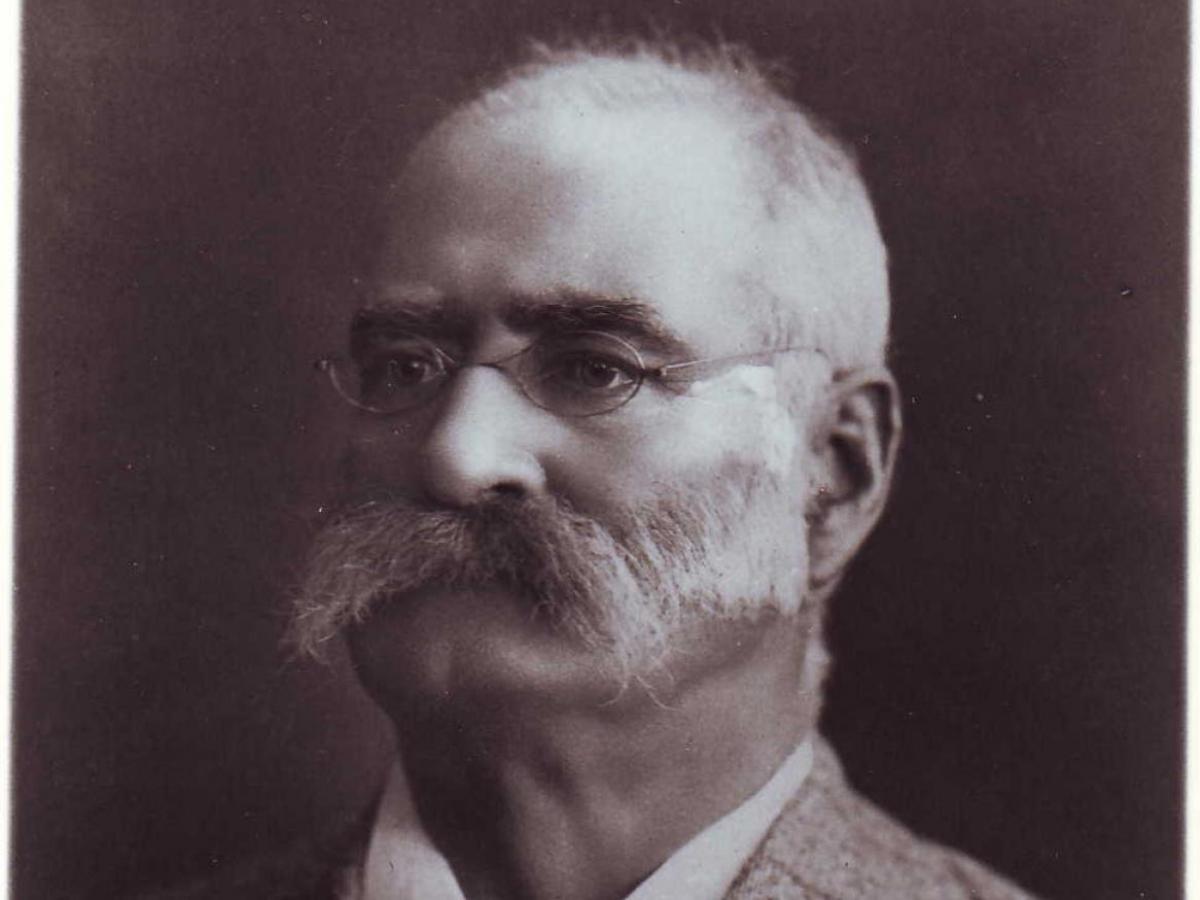
1875-1893
- Foundation Chair of Natural Science
- First evidence for glaciation in Australia at Hallett Cove
- Major works in botany (Australian ex-tropical flora) and zoology (molluscs)
- Established the Tate Museum
-
Professor Walter Howchin
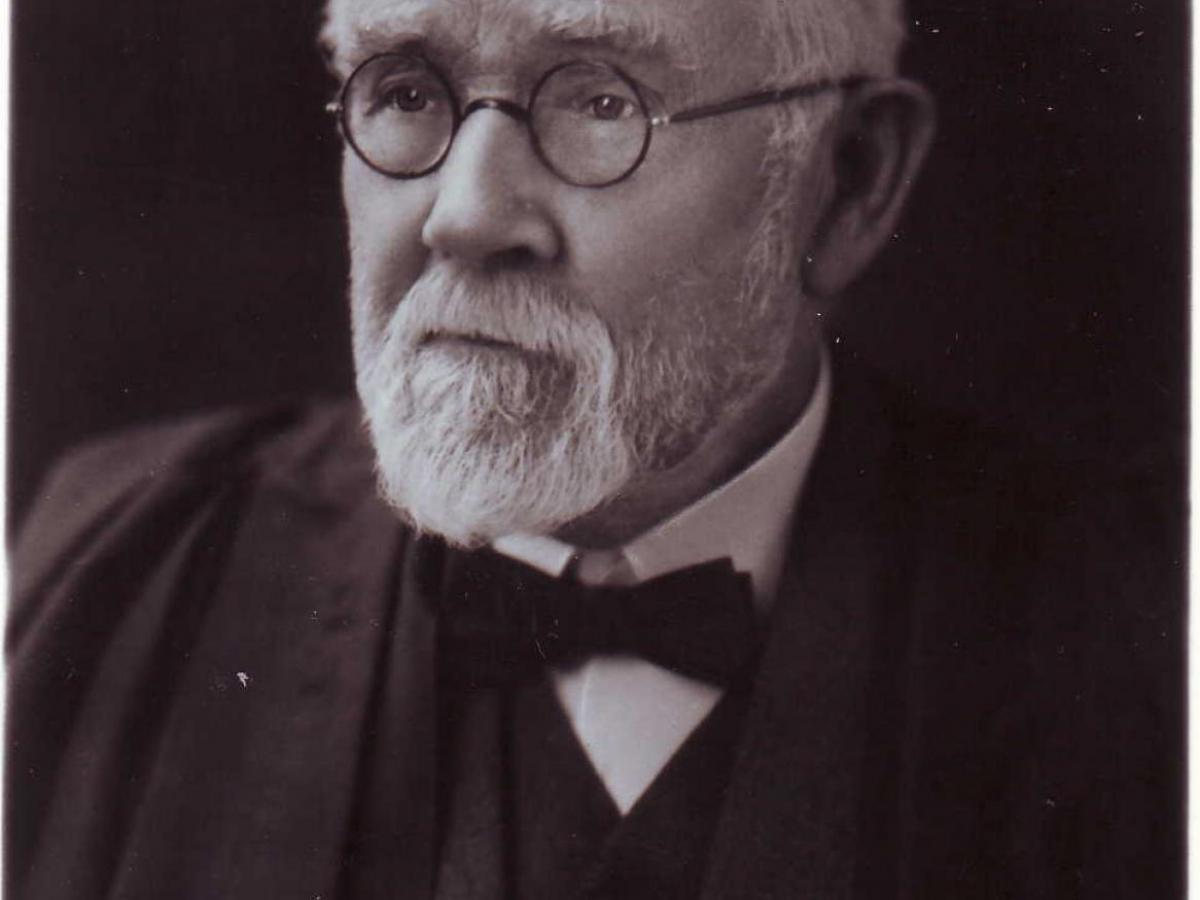
1899-1920
- Geologist and clergyman.
- Made the foundations for Australian stratigraphy.
- Major works on Precambrian and Permian glaciations.
-
Sir Douglas Mawson
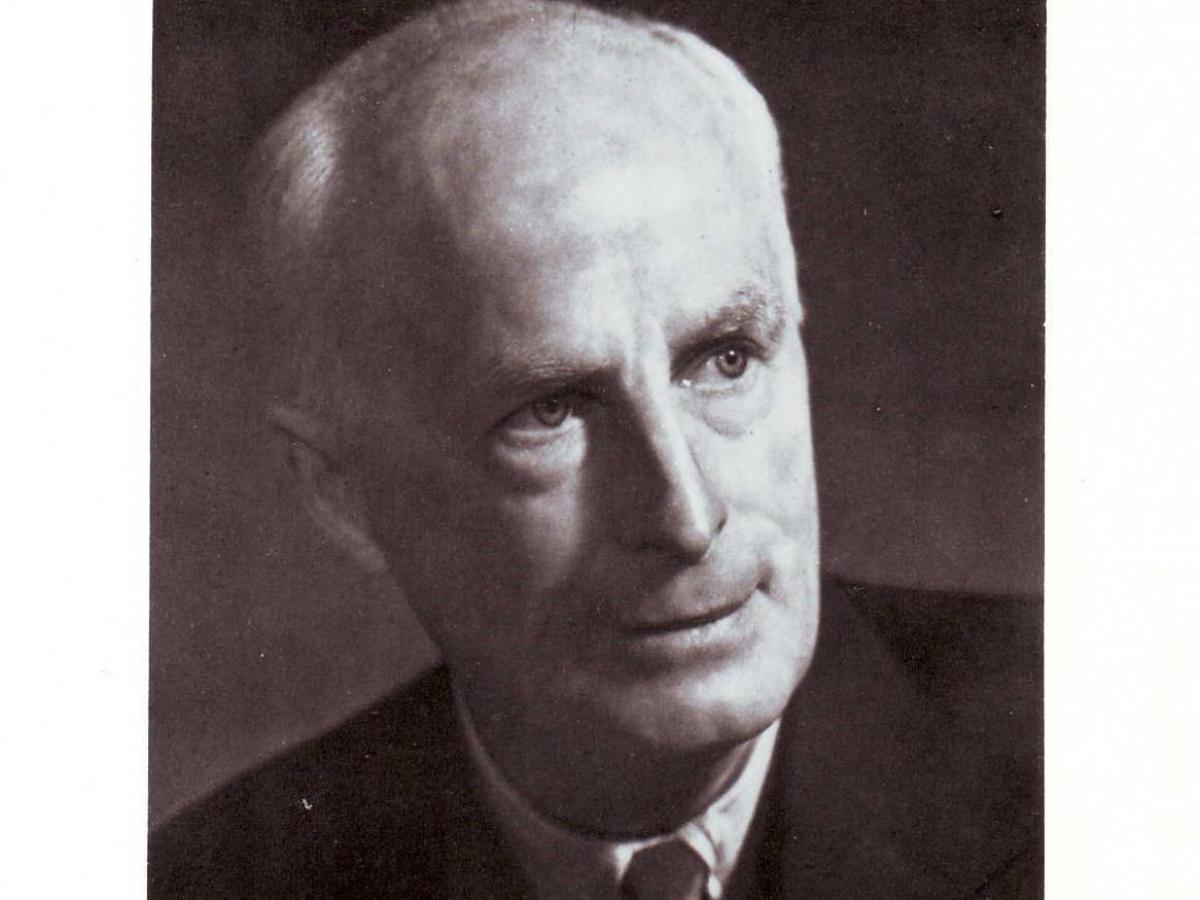
-
Dr Cecil Madigan
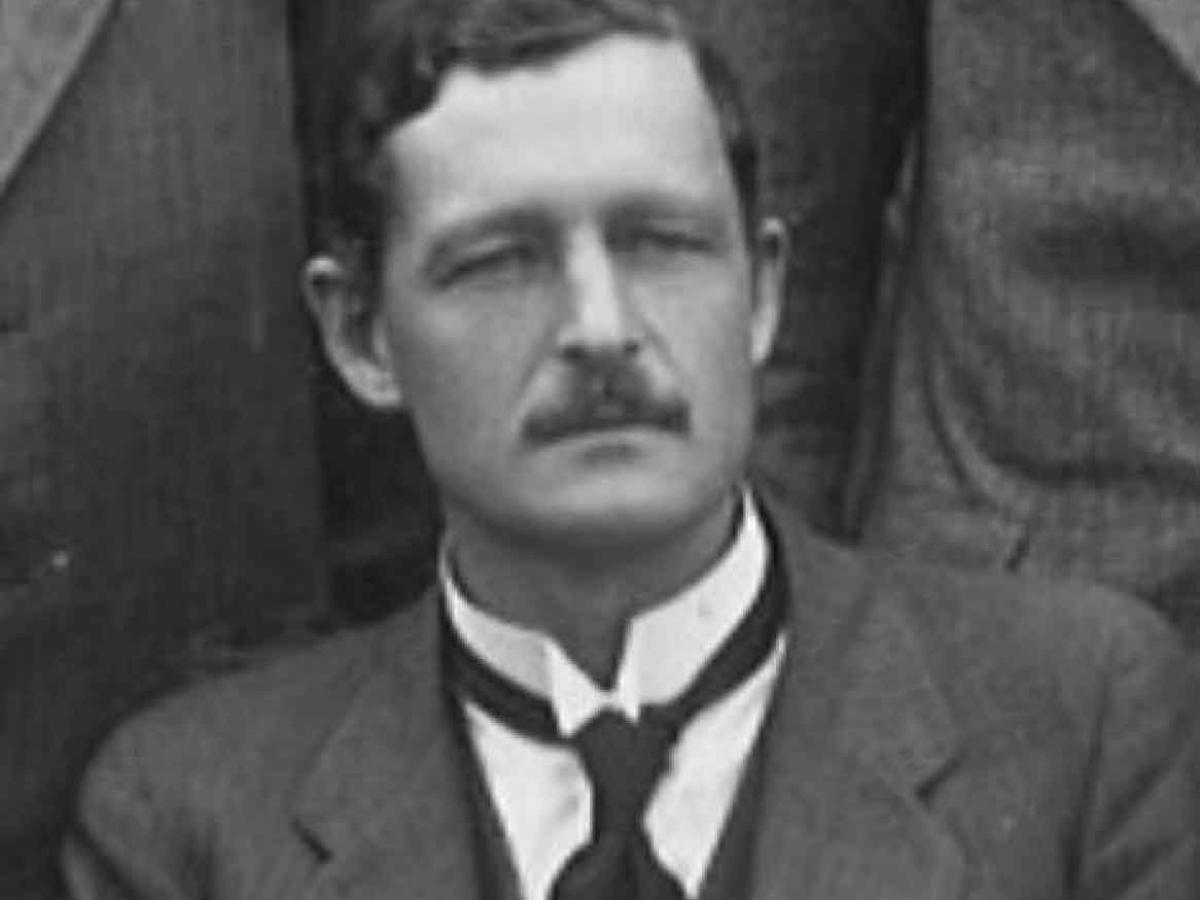
1922-1947
- Geologist
- Antarctic expeditioner
- Exploration of central Australia by camel and aerial reconnaissance
-
Professor Eric Rudd
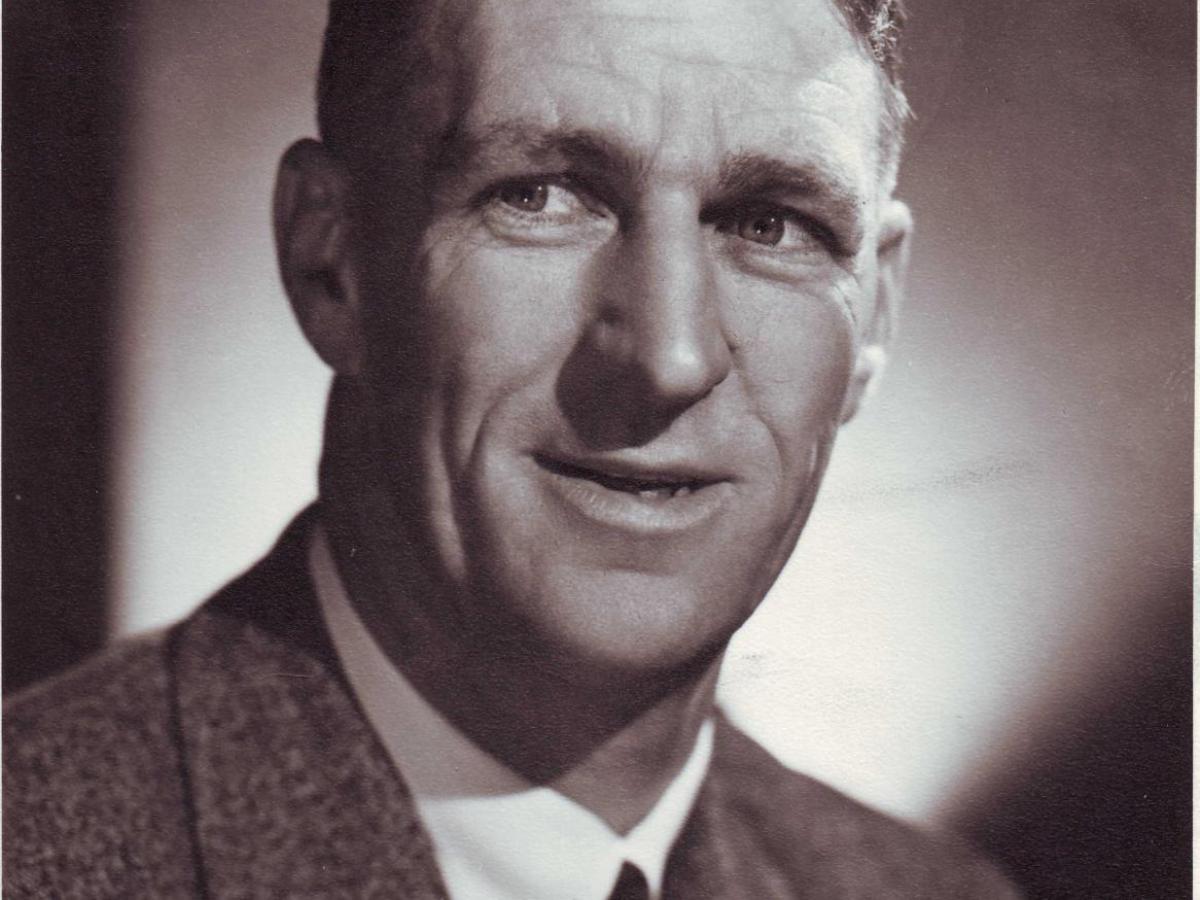
1949-1970
- Mining and petroleum geologist
- Foundation Chair in Economic & Mining Geology
- Established major and enduring links between the university and the mining and petroleum industries in Australia and the USA
-
Professor Martin Glaessner
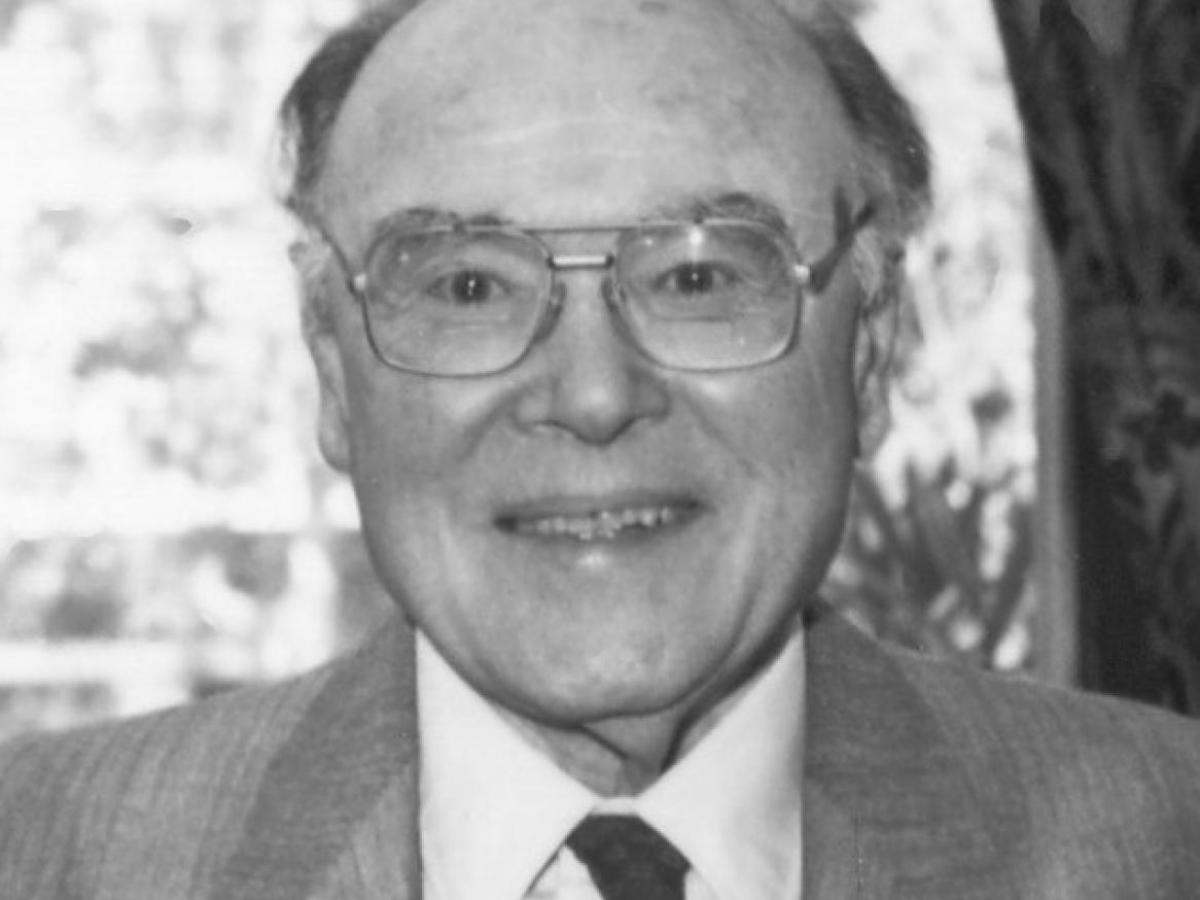
1950-1971
- Palaeontologist
- Use of micropalaeontology in petroleum geology
- First studies of the oldest Ediacaran fauna
-
Other
1953-1966 Professor Arthur Alderman - Chair of Geology & Mineralogy.
- Discovery of the crystallisation of dolomite in modern lake systems.
1955-1959 Dr Brian Skinner - Mineralogy and crystallography.
- Structures and chemistry of sulfide minerals.
- (Later of Yale University)
1959-1986 Dr John Jones - Mineralogy and crystallography.
- Discovery of the form and atomic structure of opal.
1961-1986 Dr Brian Daily - Stratigraphy.
- Major works on the biostratigraphy of the Cambrian.
1963-1981 Dr Bob Nesbitt - Petrology.
- Important research on the remote Musgrave Ranges mafic igneous intrusions and the unusual ‘spinifex’ textures in nickel ores from Western Australia.
1969- Dr Victor Gostin - Sedimentologist.
- Precambrian sediments.
- Identification of ejectment from a major extra-terrestrial impact in the Precambrian at Lake Acraman, discovered independently by Dr George Williams.
1972- Professor Brian McGowran - Palaeontology.
- Biostratigraphy of the Cenozoic.
1985-1996 Professor Larry Frakes - Foundation Sir Douglas Mawson Chair in Geology & Mineralogy.
- Major research on Late Palaeozoic glacial deposits.
